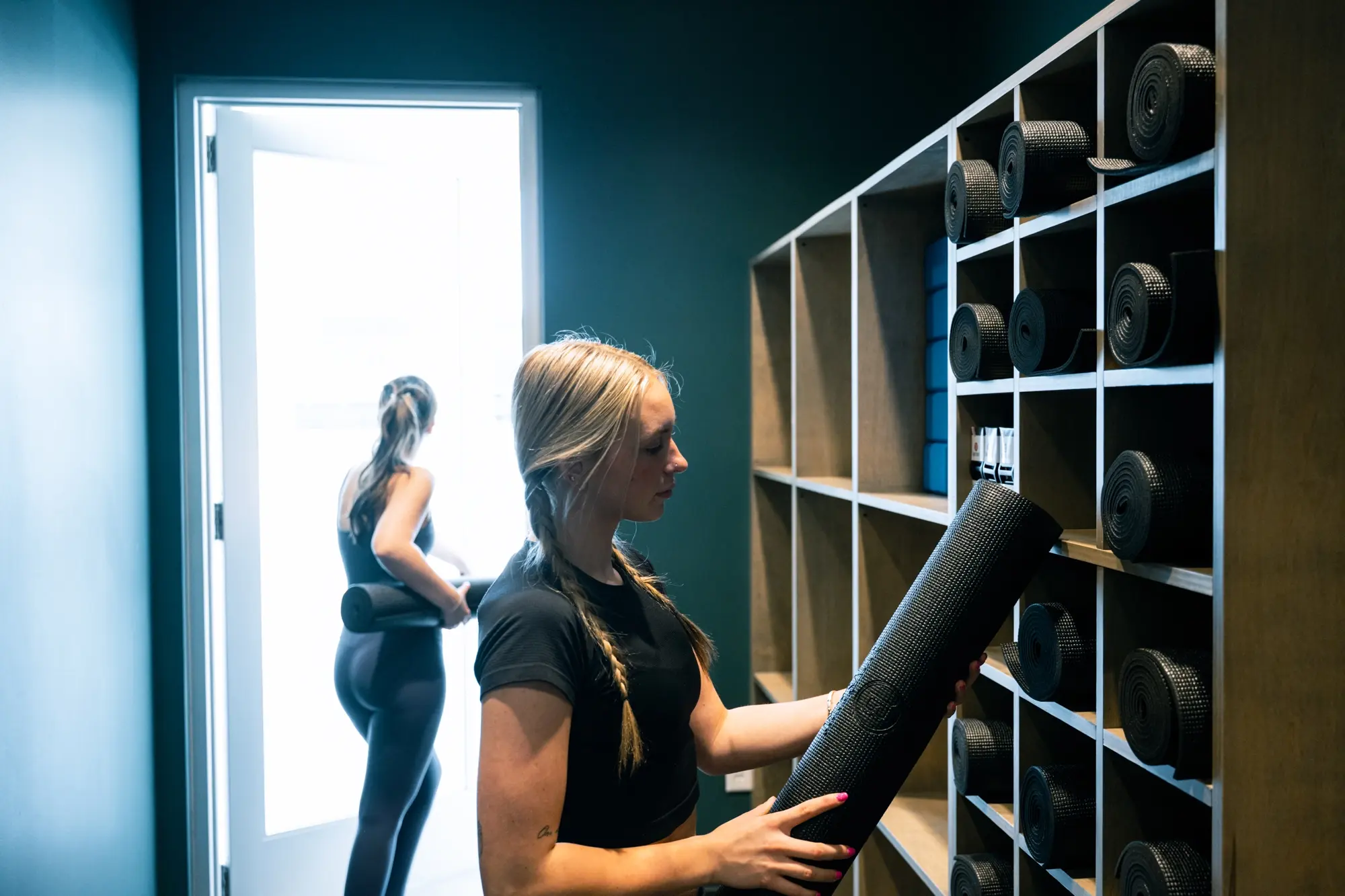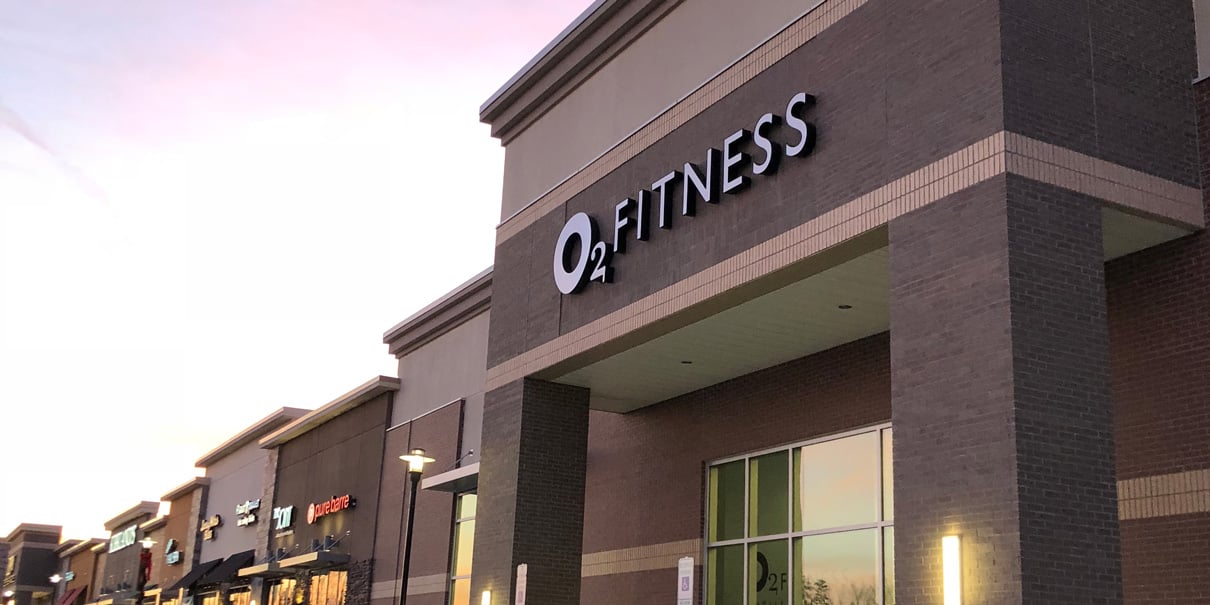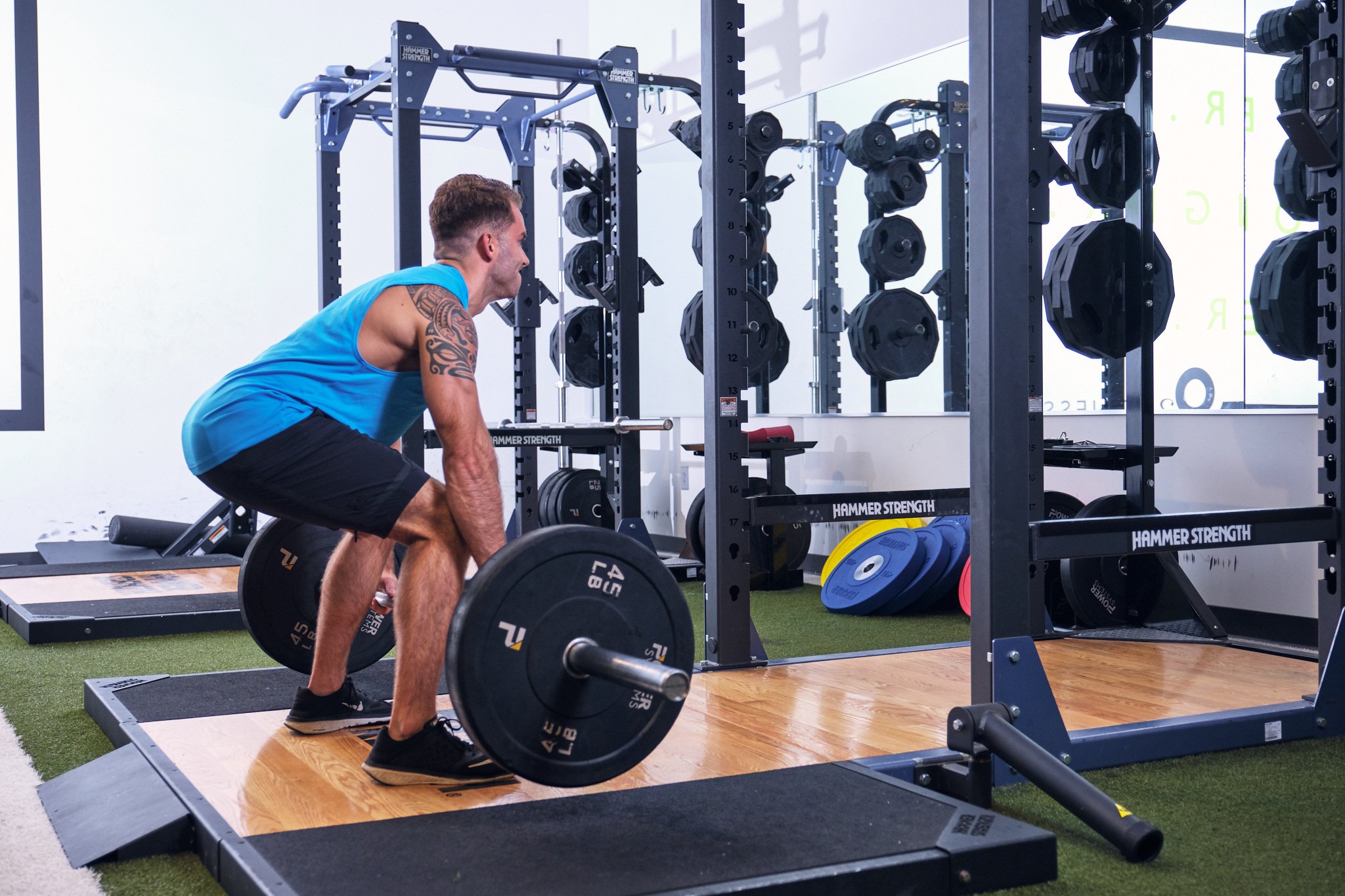You've probably heard the phrase "No pain, no gain" before. People on the internet will tell you to "push through" the pain and keep training.
But what if pushing too hard is actually what's holding you back?
Science shows that rest days aren't lazy—they're essential for getting stronger! Here's what happens behind the scenes and how to use your rest days to recover smarter.
The Science of Muscle Repair: What Happens When You Rest
When you lift weights, run, or take a group fitness class, you create microscopic tears in your muscles. Rest days give your body time to repair these microtears, rebuilding them to be thicker and stronger. (Think of it like fixing a cracked sidewalk: you need time to patch it and let it dry properly so it can handle heavier loads later.)
During your rest days, your body shifts into repair mode by:
- Protein synthesis kicks in, building new muscle fibers.
- Energy stores (like glycogen) refuel for your next workout.
- Inflammation decreases, reducing soreness and injury risk.
Skip rest, and your body can't complete these repairs. That's when progress stalls, or worse, you get hurt.
Signs You're Overtraining (And Need a Break)
More isn't always better. If you ignore rest, it can slowly reverse your progress. Overtraining strains your nervous system, spikes stress hormones like cortisol, and leads to other negative side effects like:
- Constant muscle soreness and fatigue
- Trouble sleeping or feeling restless
- Irritability or lack of motivation
- Weakened immunity
- Performance plateaus or declines
If this sounds familiar, it's time to prioritize recovery!
Active Recovery: Stay Moving Without the Strain
Rest days don't always mean lying on the couch all day (unless you want to do that!). Active recovery keeps blood flowing to muscles, speeding up repair while giving your mind a break. Try one of these activities on your next rest day:
-
Yoga
Gentle stretches and slow flows improve flexibility and reduce muscle tension. Focus on poses like downward dog, child's pose, or legs-up-the-wall. -
Walking
A quick 20 to 30-minute walk boosts blood circulation without stressing joints. Love the outdoors? Take your walk outside to one of these beautiful hiking trails in NC! -
Foam Rolling
Roll out tight spots and break up "knots" in muscle tissue to ease stiffness and improve mobility. Focus on tight areas like your quads or calves.
Fuel Your Recovery
Muscle repair needs more than rest to recover fully. After tough workouts, prioritize protein-rich meals and hydration. For an extra edge, talk to a Registered Dietitian at Loop Nutrition, our nutrition partner dedicated to sharing evidence-based advice and individualized nutrition coaching!
Build a Smarter Routine
Planning rest days doesn't ruin your routine or derail any progress you've made. It actually enhances it. Pair recovery with structured training phases like PRSNL's signature three-phase training system: Activate, Perform, and Adapt, which balances intensity with strategic rest periods to help you progress safely.
Remember: Rest isn't the enemy of your workout routine. It's the foundation!
You'll build strength faster and stay injury-free by listening to your body, incorporating active recovery, and fueling wisely.
Ready to get started? Sign up for our free trial pass, get to work, and THEN enjoy your rest! Your body (and future self) will thank you.










.jpg)
